To Census or Not to Census? Part Two
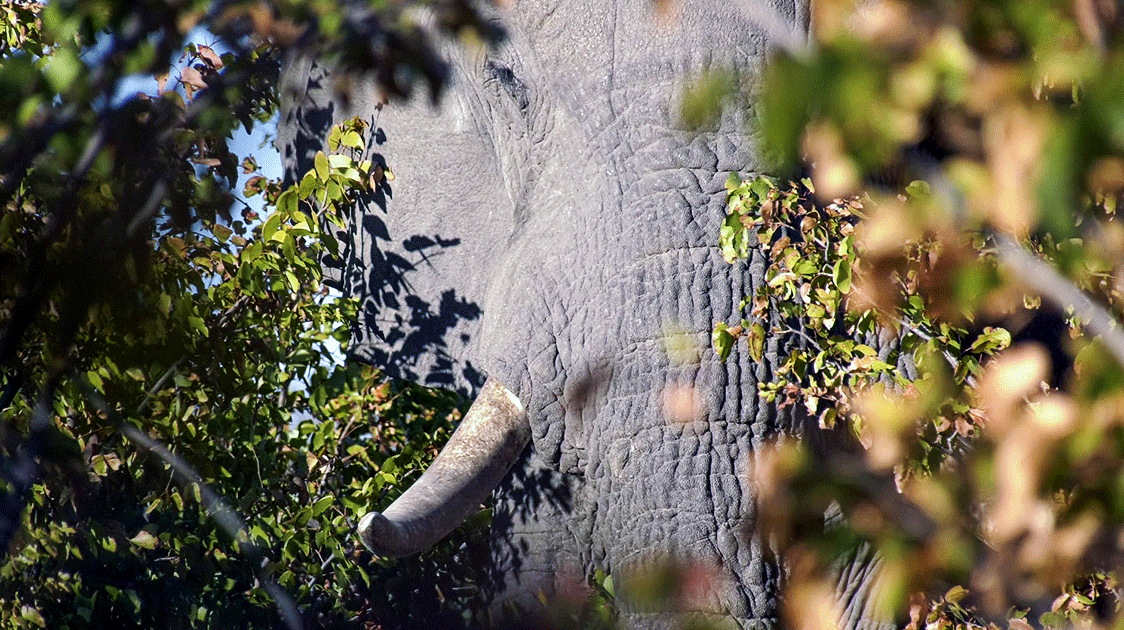
By Dr Salomon Joubert
This article, which has been divided into two sections, was written by Dr Salomon Joubert in 2017.
Change of heart and direction
During the Big Elephant Debate held in the Berg-en-Dal Rest Camp in about 2003, the KNP team, with the full support of the then CEO, Dr David Mabunda, defended its stance towards managing the KNP elephant population to within 7,000 to 8,000.
This was in the face of severe criticism from a variety of NGOs and other bodies, including Prof Rudi van Aarde of the University of Pretoria (UP). At the meeting, Van Aarde proposed that elephant meta-populations, unrestricted by fencing and artificial interventions (e.g. artificial water resources), could be maintained on a self-regulatory basis.
In circa 2007/2008, the author was invited to Mabunda’s office and, without any ado, was informed by way of the following profound statements and without any discussion or debate:
- SANParks had made an appointment from the best “brains-trust” of the UP and had accepted that
- It was not possible to accurately count elephants, or any other large herbivores in large conservation areas, and that censusing would therefore be discontinued, that
- The KNP was large enough to maintain a higher density of elephants and
- that culling would therefore no longer be required.
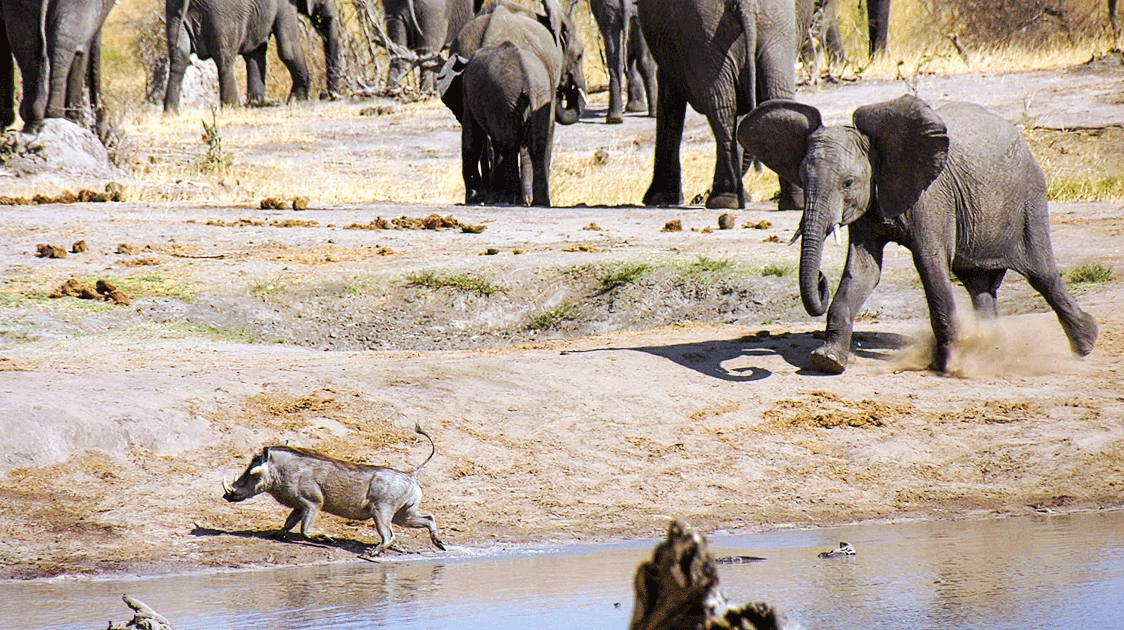
The statement that “elephants cannot be censused accurately” needs to be vigorously challenged. The way elephants were censused in Kruger National Park during our time did deliver accurate and precise results.
Censusing has not been discontinued in the KNP but is no longer an annual event. The author doubts whether this is sufficient to yield the level of confidence required from the data to interpret population trends and their relationship to natural processes and/or other influences on the populations involved. This comes at a time when the KNP critically needs the highest levels of accuracy and consistency.
If the latest elephant census (August 2015) was conducted at a fixed height of 500 ft above ground and with no efforts at lower levels to disperse breeding herds and thereby achieve an accurate count of the herds gleaned for an observer regarded as highly reputable, the census amounted to little more than a farce and waste of time, funds and manpower.
In spite of reassurances that the KNP elephant population has stabilised and that calf percentages have dropped casual observations suggest exactly the opposite (also at the current time, May 2017, and following a drought of which the intensity may even have exceeded that of 1991/92).
In June 2016, when the drought had already reached severe proportions, the section rangers were requested, by way of an email, to report any deaths of elephant calves.
There was not a single response to confirm that this had indeed happened.
The numbers of elephants in the KNP have reached a level where severe degradation to habitats can no longer be ignored or shrugged off by either unreliable data and/or some fanciful unproven theories.
What is of the utmost importance is that the rhino populations of the KNP are under severe siege and the possibility of elimination has become a reality. Encouraging news of successes in reducing the onslaught are welcomed, though losses remain at a level of 1.5 to 2.5 per day!
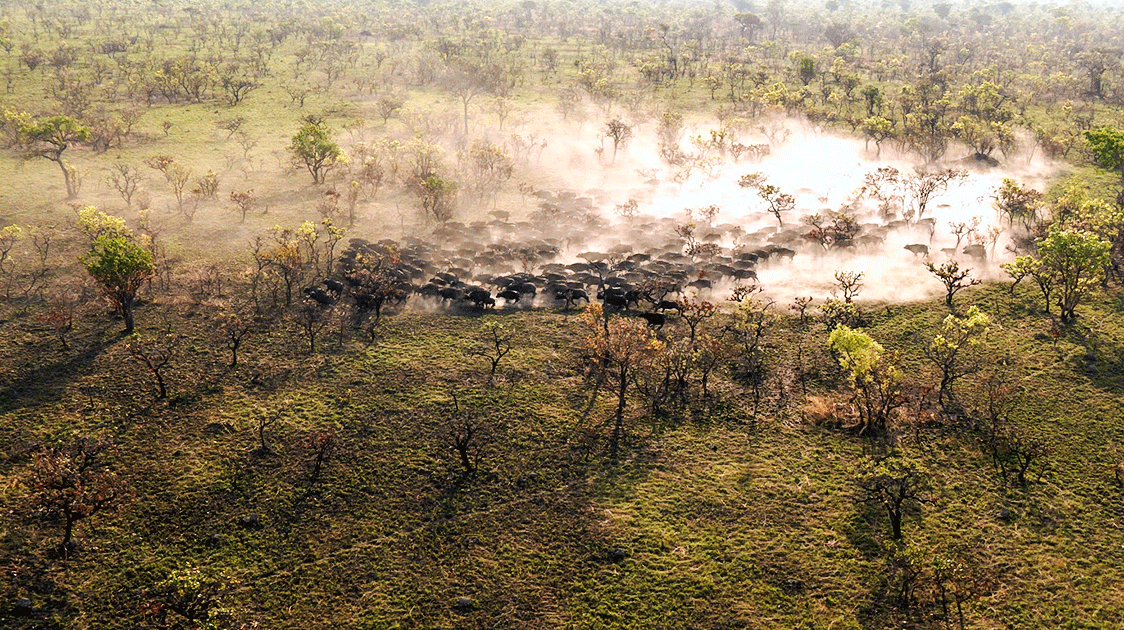
The KNP is currently considering a buffalo culling programme. On what basis is this approach being adopted, or, more importantly, is the monitoring of the population at a level where such a decision can be taken with any measure of confidence? After three weeks of fairly intensive travelling in the southern half of the Park (south of the Olifants River) only five buffalo herds have been encountered, the largest, roughly 120, along the Mlondozi watercourse. Road crossings of herds, easily observed from droppings, have also been conspicuously few and far between.
Suggestions for consideration
In the cases referred to above, irregular population estimates and poor communication to stakeholders have caused a severe loss of faith in the credibility of SANParks. This situation may be addressed by:
1. More regular, at least annual, monitoring of the population trends of all the large herbivore populations. Expense and manpower availability may be problematic but need to be seriously addressed if SANParks's accountability towards the assets they are mandated to preserve in the interests of all South Africans is to be taken seriously.
2. Creation of avenues to improve meaningful communication of events and developments within national parks to stakeholders, accompanied by a high level of integrity. An open, straight and honest approach is essential – not necessarily always the easiest route to take, but the only one that can engender trust and good faith.
Dr Salomon Joubert was the former director of the Kruger National Park in South Africa and spent 40 years in the service.

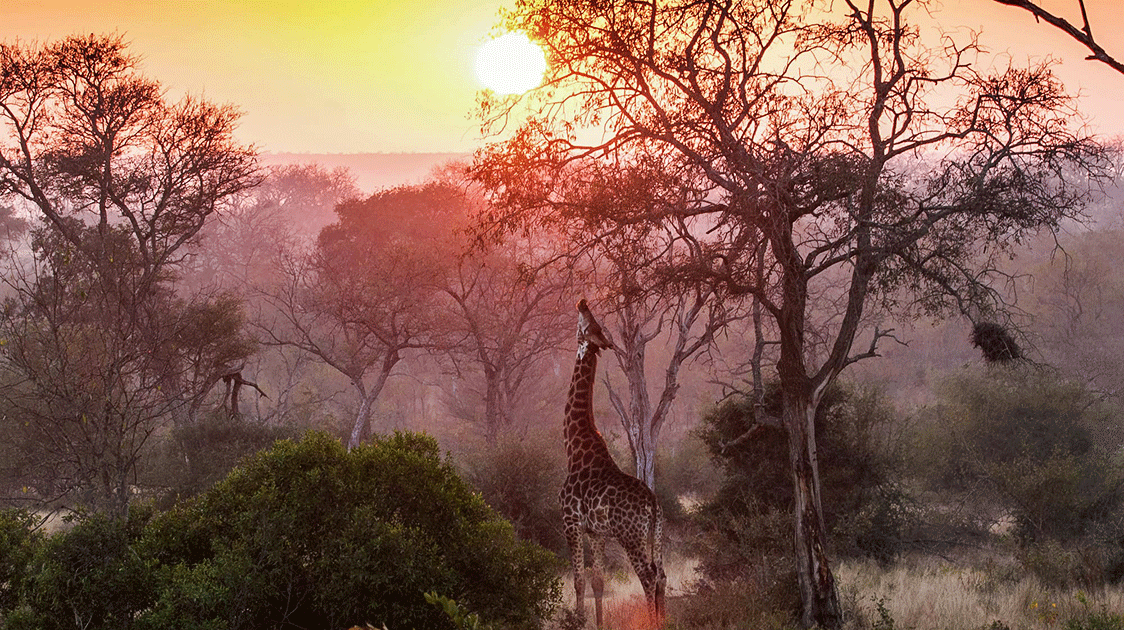
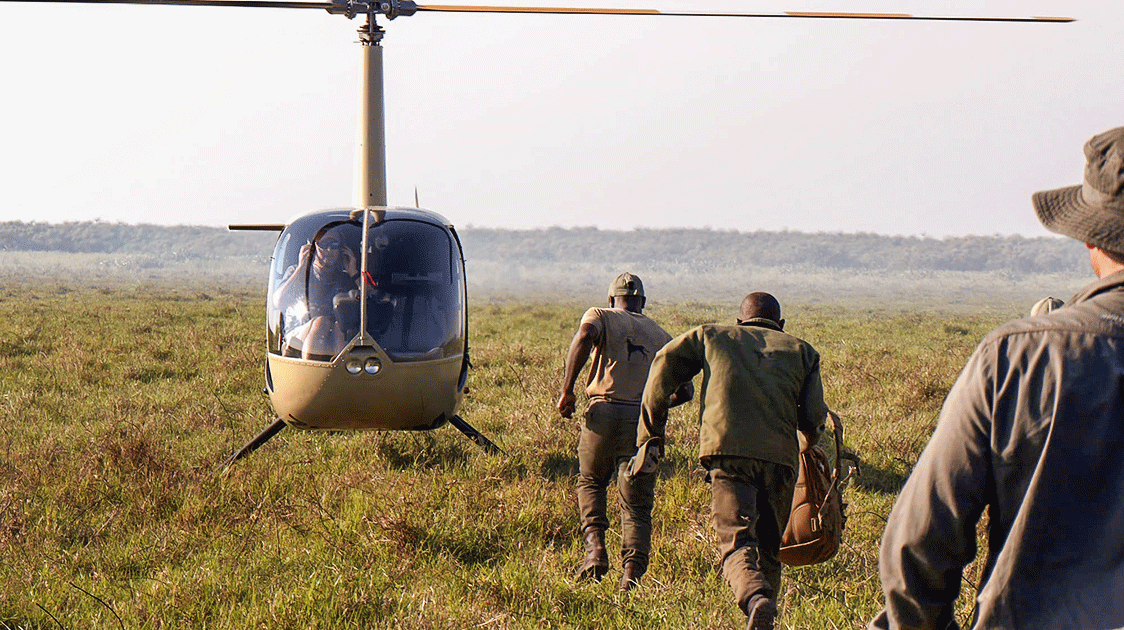
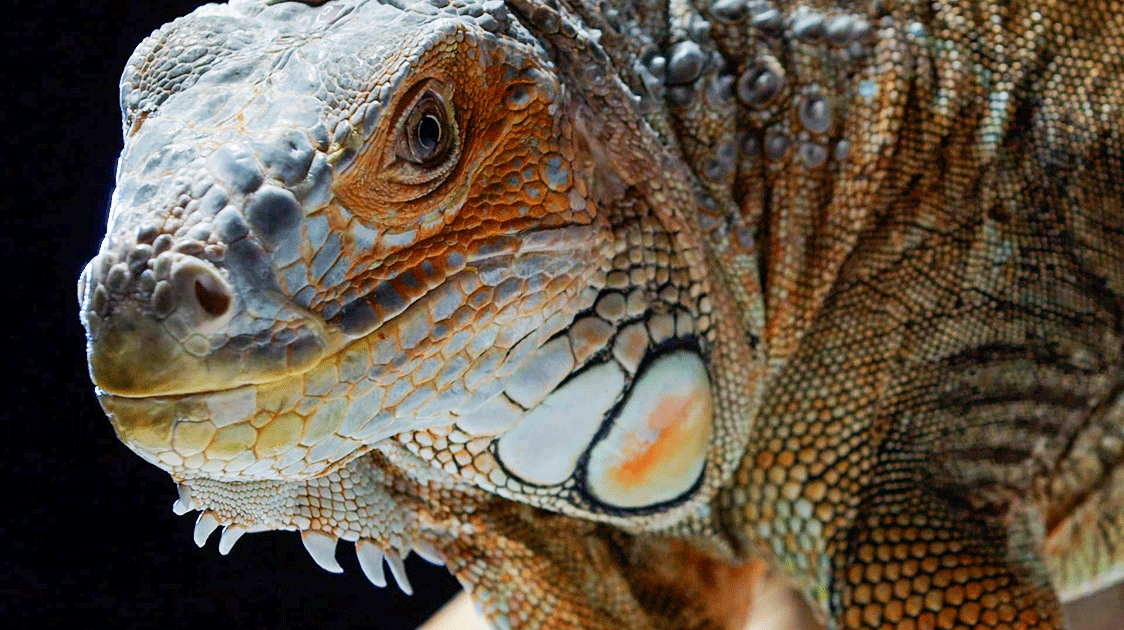
Comments ()